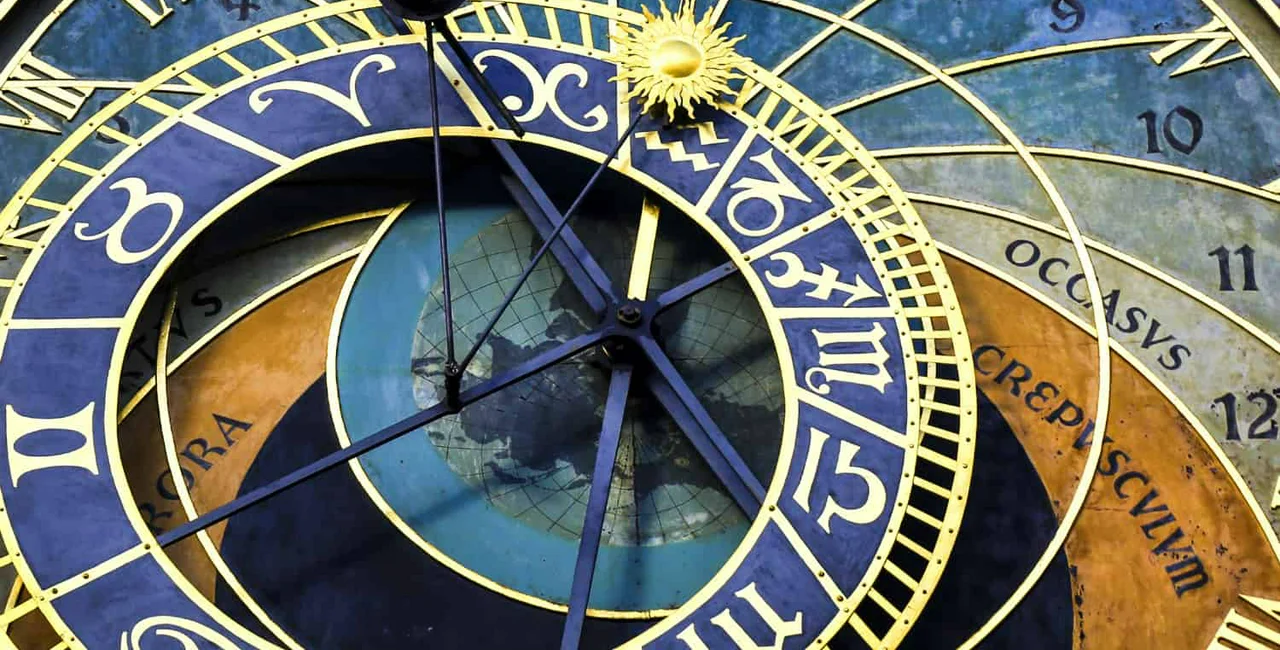For the past 18 months, Prague’s Astronomical Clock has undergone an extensive reconstruction process that has limited access to the local landmark for crowds of tourists, who gather beneath the clock every sixty minutes to watch the hour change.
Currently, visitors to Old Town Square in Prague will see a digital facsimile in place of the real deal, which is still being restored. Work on the clock is expected to be finished in September, just in time to celebrate the 100th anniversary of the foundation of Czechoslovakia, which will take place on October 28.
But when the clock is finally revealed to the public in the next two months, eagle-eyed visitors may notice some changes to its face. That’s because restorers are aiming to bring the Prague landmark closer to its original 600-year-old look.
“The astronomical plaque was very modernized and did not at all correspond to its medieval character,” Petr Skála, the ‘orlojník’ who has cared for the Astronomical Clock for the past decade, told iDnes.cz.
He refers to the artwork on the front of clock, elements that include a map of a globe with depictions of continents across the world.
“The globe is a real anachronism, because in the medieval astrolabe you have America and Africa. It’s just embarrassing.”
The Americas, of course, were discovered by Columbus nearly a century after the Astronomical Clock was originally created. It is assumed that the new artwork was added in 1866, when the clock underwent major renovations that included a new mechanical system.
While Skála confirmed the planned changes to the Astronomical Clock, they have yet to be approved by the City of Prague’s Department of Monument Care. A decision on the proposed alterations is expected in the upcoming weeks.
Though restorers are hoping to bring the clock closer to its medieval design, some have criticized the plan to remove art that has adorned the landmark for the past 150 years.
[poll id=’7′]












 Reading time: 1 minute
Reading time: 1 minute 





















